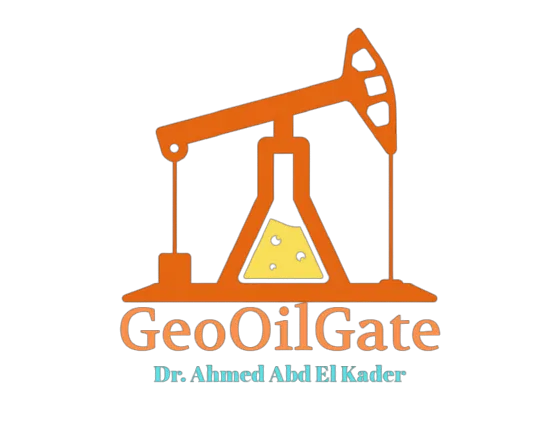STRUCTURAL GEOLOGY
Structural geology is a subdiscipline of geology that studies how rocks deform in response to the stresses that act within the Earth. Rocks and their forming minerals accommodate the stresses acting upon them and keep a record thereof by developing at times truly spectacular geological structures, such as fractures, faults or folds.

Fig 1: Small scale folds (crenulations) in a mica-rich fault rock (phyllonite) from the Kvenklubben fault, Repparfjord, Finnmark (Photograph: E. Torgersen).
The results of deformation can be observed and studied at all scales, be it in a thin section prepared from a rock to study it under a microscope (Figure 1), at the outcrop in the field (Figure 2) or even on aerial or satellite images (Figure 3).


The analysis of geological structures is aimed at understanding why, how and when the Earth deformed. By means of structural investigations it is possible to constrain the mechanical laws that control how deformation is taken up by geological materials and to reconstruct the evolution of mountain chains in space and through geological time. Structural studies are also crucial for the compilation of modern geological maps and cross sections, that is, the tools that we use to illustrate how rocks are distributed on the surface of the Earth and at depth below it. 3D models can be constructed only with the help of structural geology (Figure 4)
Figure 4: 3D-model of a fold in regional scala. Illustration: Thomas Scheiber.
The thorough understanding of the deformation processes that have shaped the Earth and the ability to predict how structures develop in three dimensions also at depth have major societal implications. Examples range from determining where valuable mineral resources and oil might be buried, to helping mitigate earthquake hazard, and to helping the sound planning of infrastructures such as roads, bridges and underground excavations.
Structural geologists follow commonly three different approaches when studying the structural evolution of an outcrop, of a region or of a hand specimen:
1) Descriptive and geometric analysis: geological structures are identified, characterized and measured in order to produce their accurate description and to understand their orientation in space (Figure 5).

2) Kinematic analysis: faults are studied in order to determine the movement of the blocks that are juxtaposed along the fault plane, that is the surface where slip was localized during deformation (Figure 6).

3) Dynamic analysis: geological structures are used as natural gauges to derive information on the forces and pressures that were active at the time of deformation.
At a first approximation, deformation in rocks can be assigned to either brittle or ductile processes. Brittle processes act mostly in the uppermost parts of the Earth and lead to frictional deformation and the development of discrete, localized fractures and faults (Figure 7).




